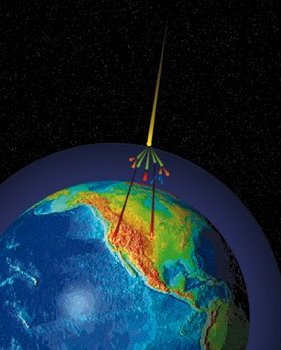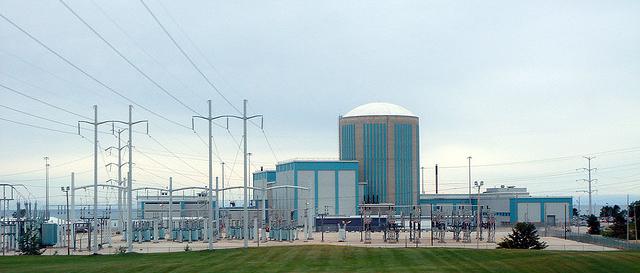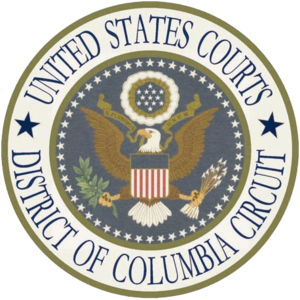I have covered different aspect of the Fukushima nuclear disaster in past blog posts. My sister blog http://www.Radiationrelations.com presents four link every day about radioactivity and nuclear issues, often dealing with Fukushima. I thought that I should explain why I dwell on Fukushima so much. Nuclear power is an important source of electric power generation in the world today. As the responses to and the repercussions of Fukushima have unfolded, they have illustrated many of the problems with the use of nuclear power.
The first problem is the vulnerability of nuclear reactors to things like earthquakes and tsunamis. A number of design weaknesses were revealed at Fukushima. The reactors were located so close together that an explosion in one reactor building severely damaged another reactor building. Placing the spent fuel pools on the upper levels of the reactors buildings was shown to be dangerous if the buildings were seriously damaged. Locating emergency generators in basements is a bad idea because of possible flooding.
A second problem is radiation from the disaster making its way into the environment and food chain by contaminating the air, soil, and the ocean water. Contaminated crops and meats have been rejected for import by some countries. Radioactivity has been found in fish as far away as the Pacific Coast of the United States. The cloud of radioactive gases and particulates continues to circulate the globe in the Northern Hemisphere.
A third problem is misbehavior on the part of the company running the Fukushima reactors. They made unreported design changes, failed to make changes that were mandated by the government, lied about their actions, failed to report serious design flaws that they knew about, exposed their workers to dangerous levels of radiation, and, in general, failed to run the reactors in a responsible, professional, safe and transparent way.
A fourth problem has to do with the government response. The government was slow to respond to the disaster and to tell the people of Japan just exactly what was happening and what the danger was and is. There has been government propaganda downplaying the risks of the radiation release.
A fifth problem is the physical and psychological impact of the disaster on the people of Japan. A number of different health problems have been developing in the Japanese population that may have been caused by the radiation released at Fukushima. There is widespread anxiety and depression among the Japanese, especially in the Fukushima region. Some people have fled, even leaving Japan altogether. Other people are trying to decide if they should have children, given the danger.
Finally, Japan is resource poor. They do not have much in the way of fossil fuels to power their society. Nuclear power seemed a good choice but now that choice is not looking so good. The government is struggling with the fact that the economy needs power to function but the people have been so frightened by the Fukushima disaster that there is growing political pressure to shut down all the nuclear reactors in Japan permanently.
The Fukushima disaster was triggered by a natural event that could not be prevented. However, design flaws, corporate competence and honesty, and government oversight could have been handled much better which would have mitigated the problems caused by the tsunami that hit Fukushima. Nuclear power can be a safe source of energy but only if it is handled correctly. Fukushima has been a very good example of what happens when it is not.
Fukushima nuclear power plant – from Micarox.com:






